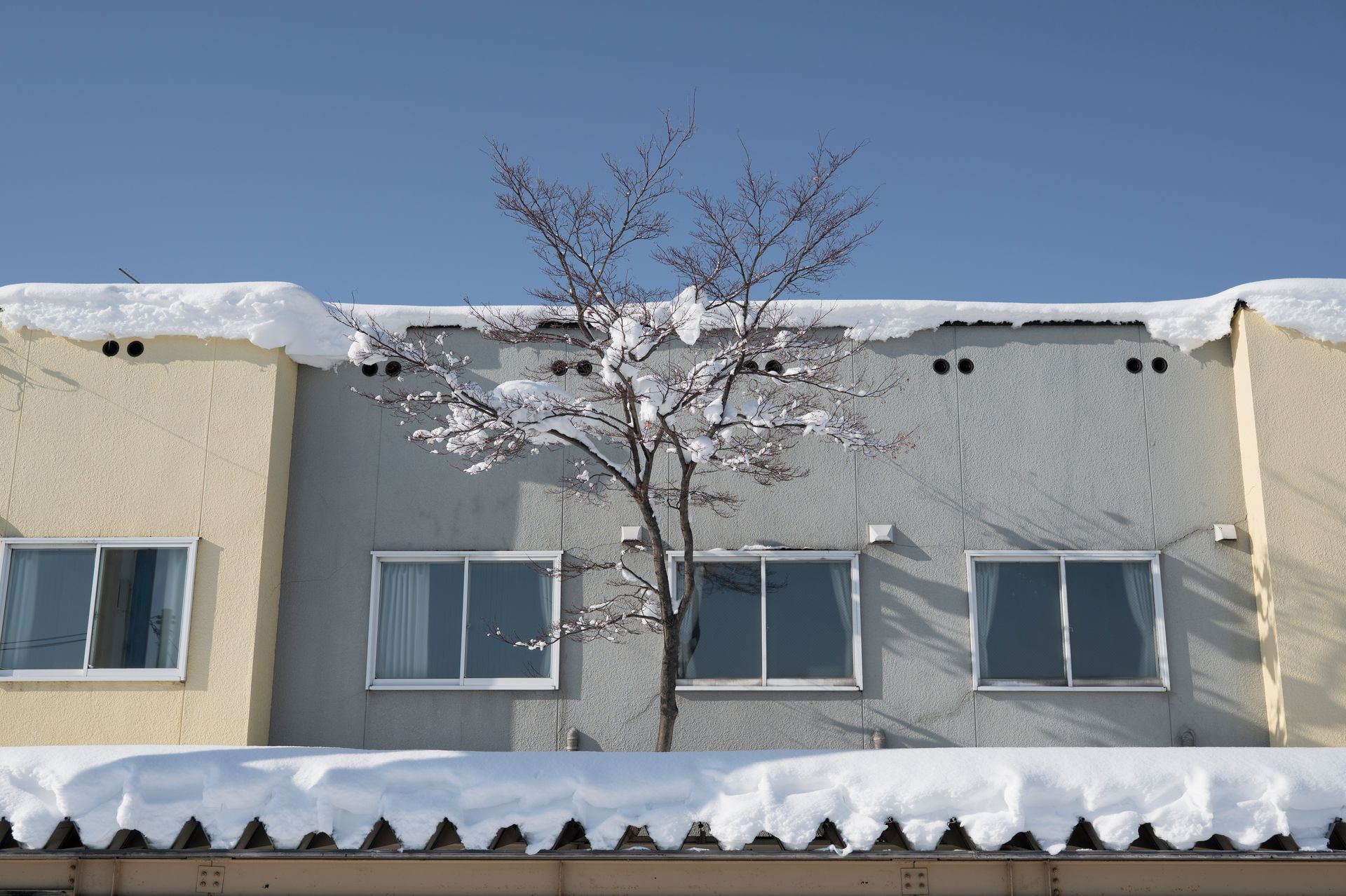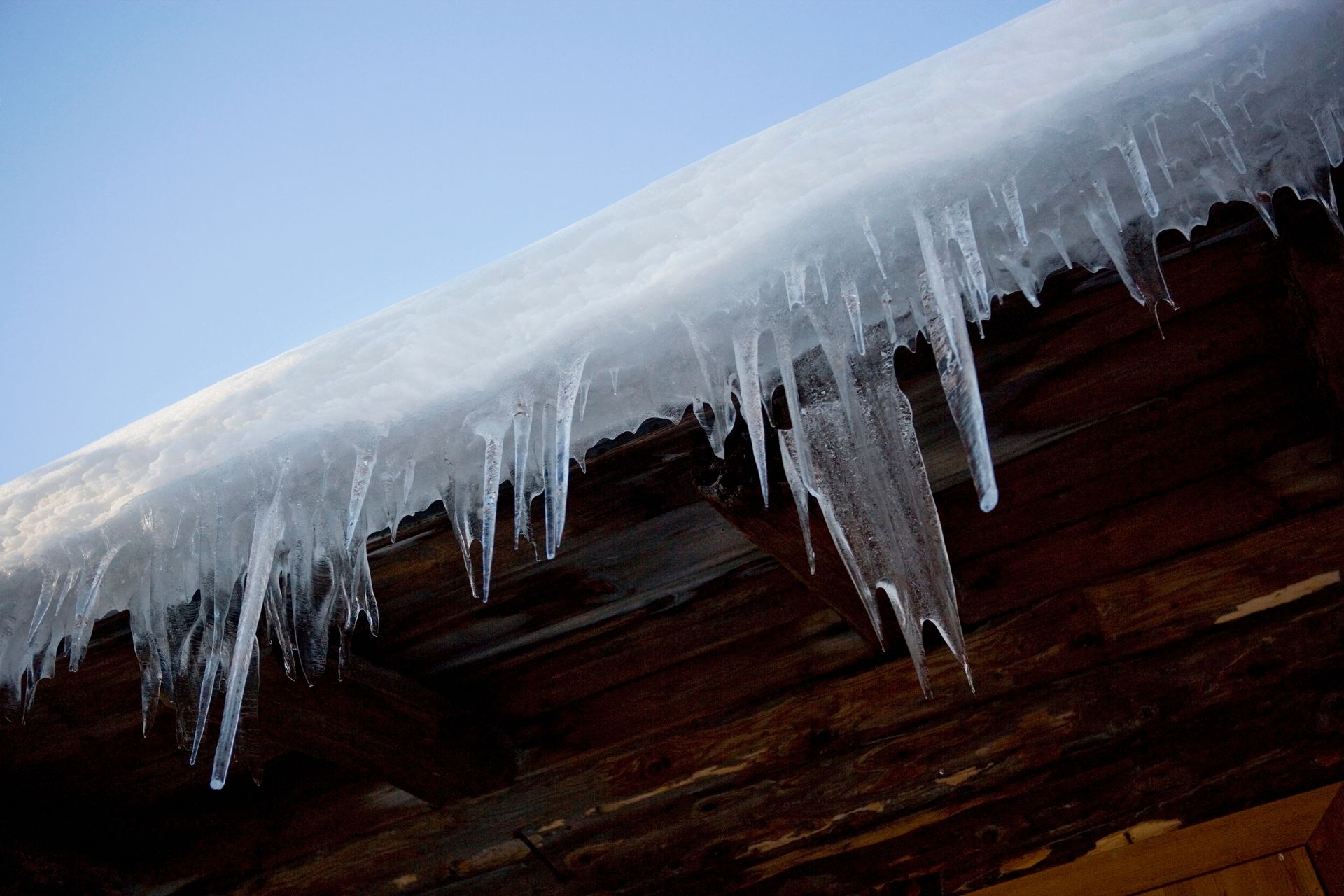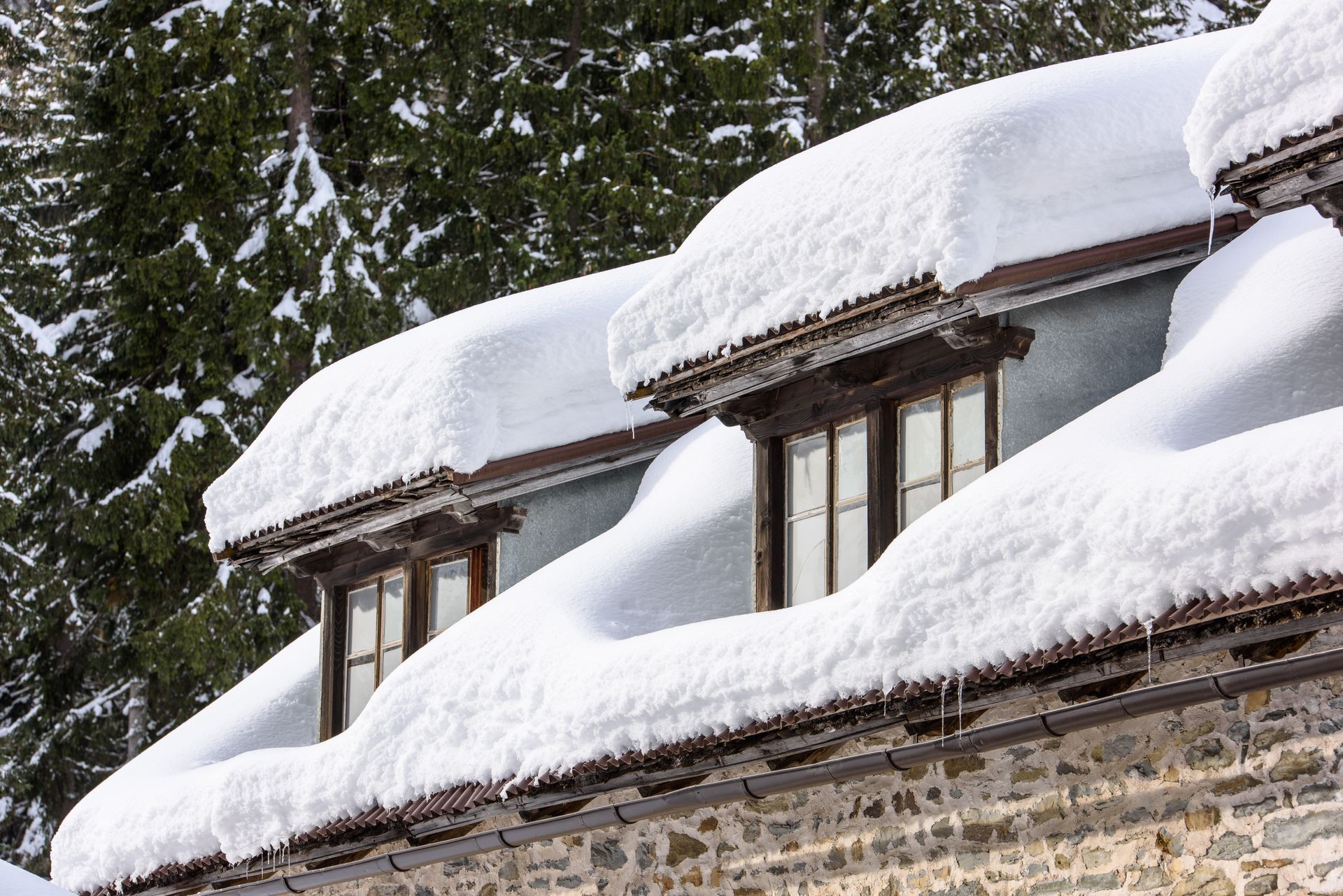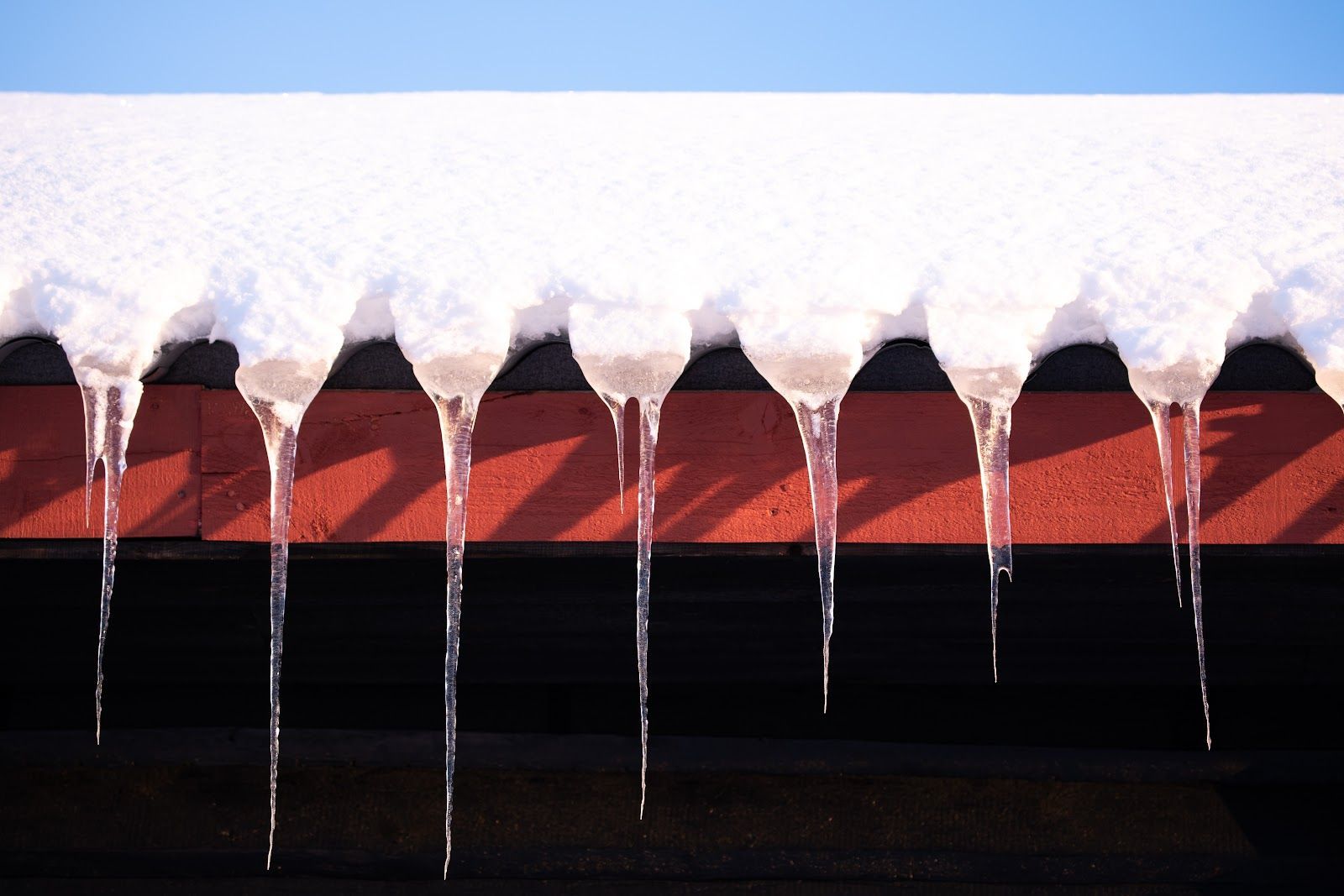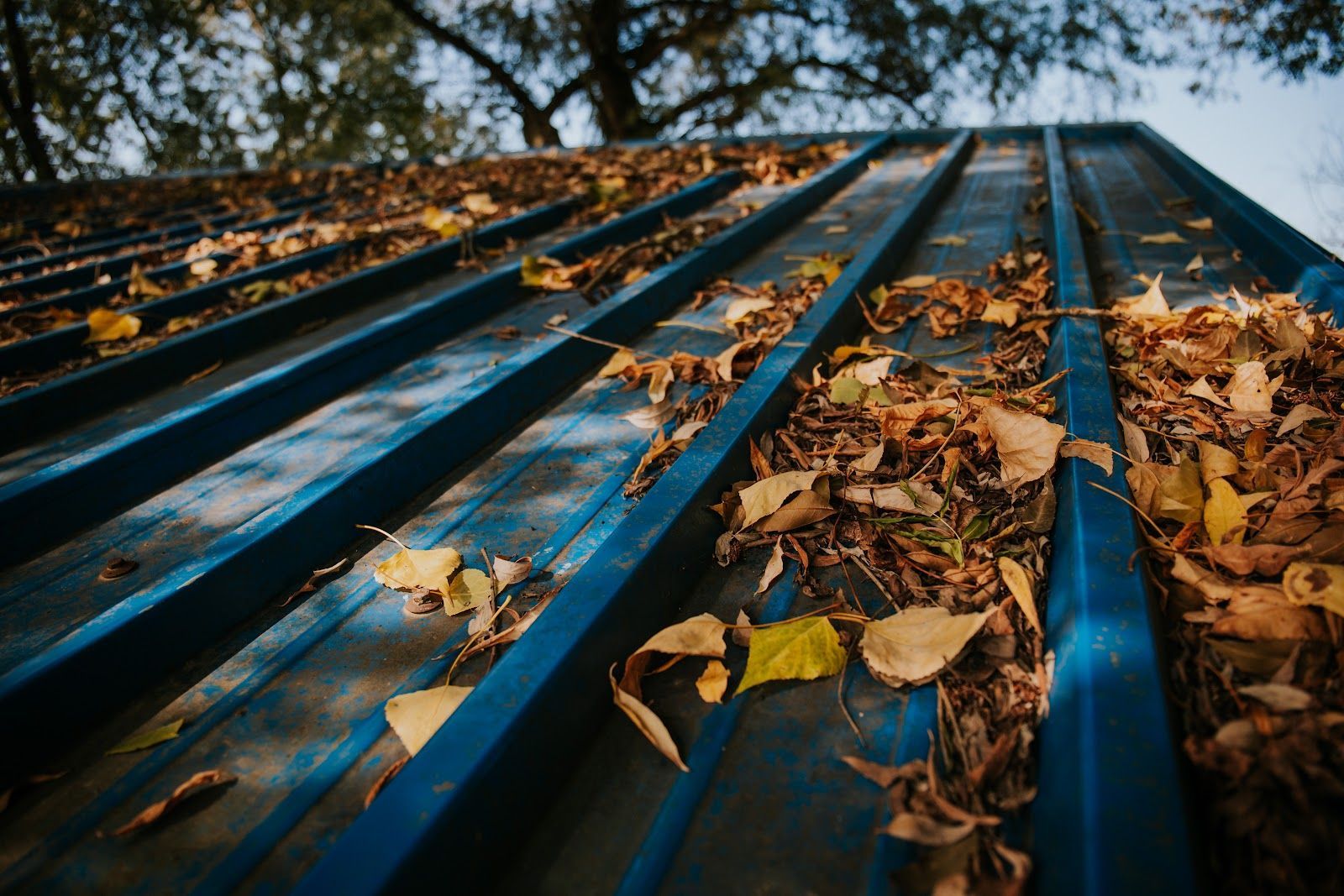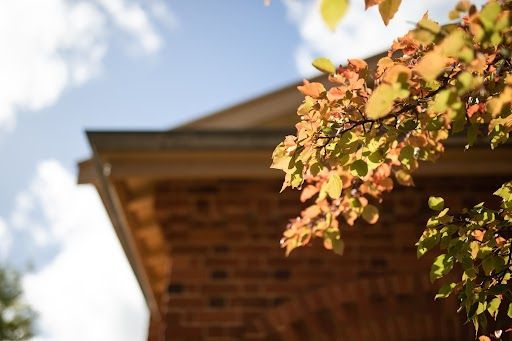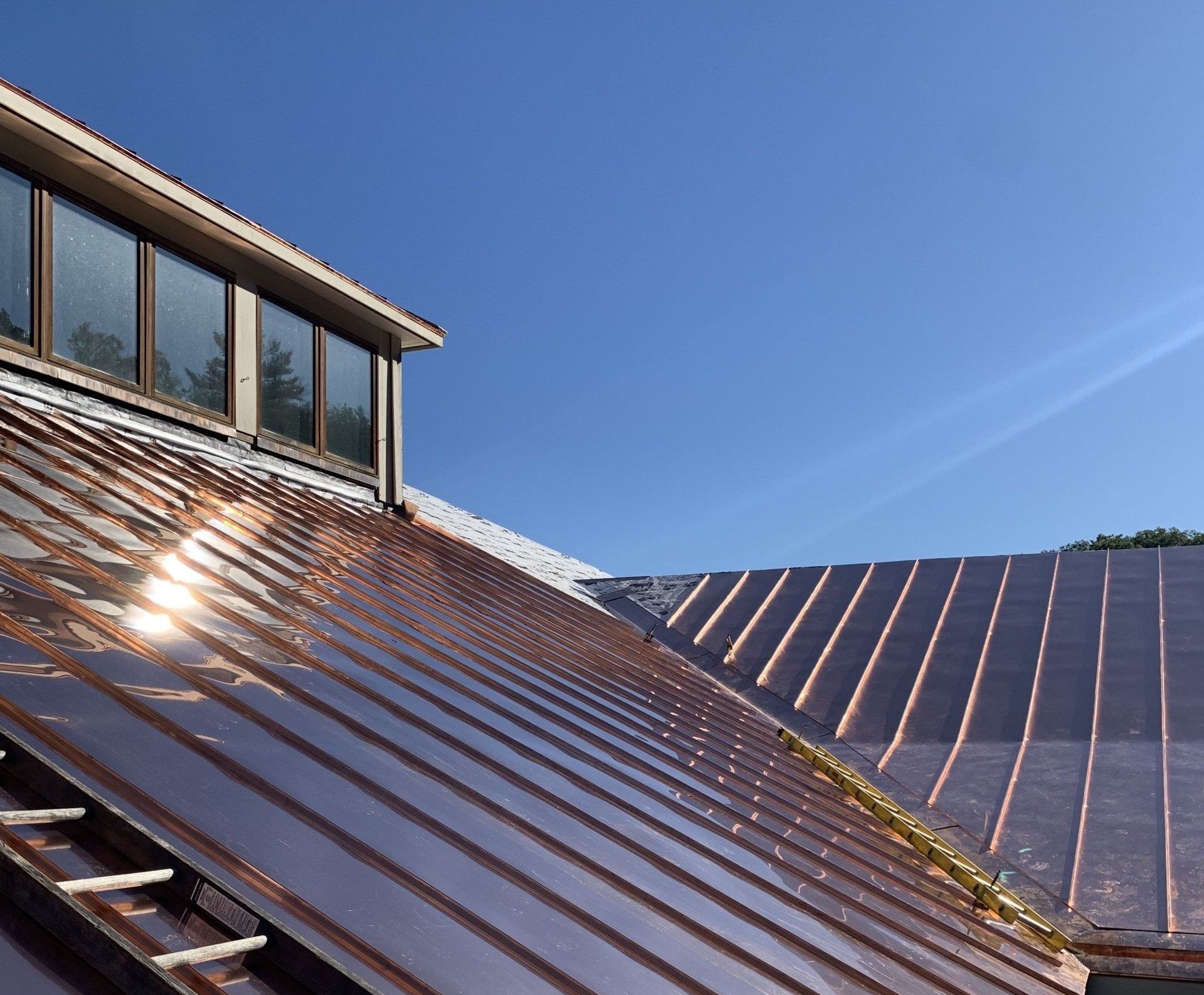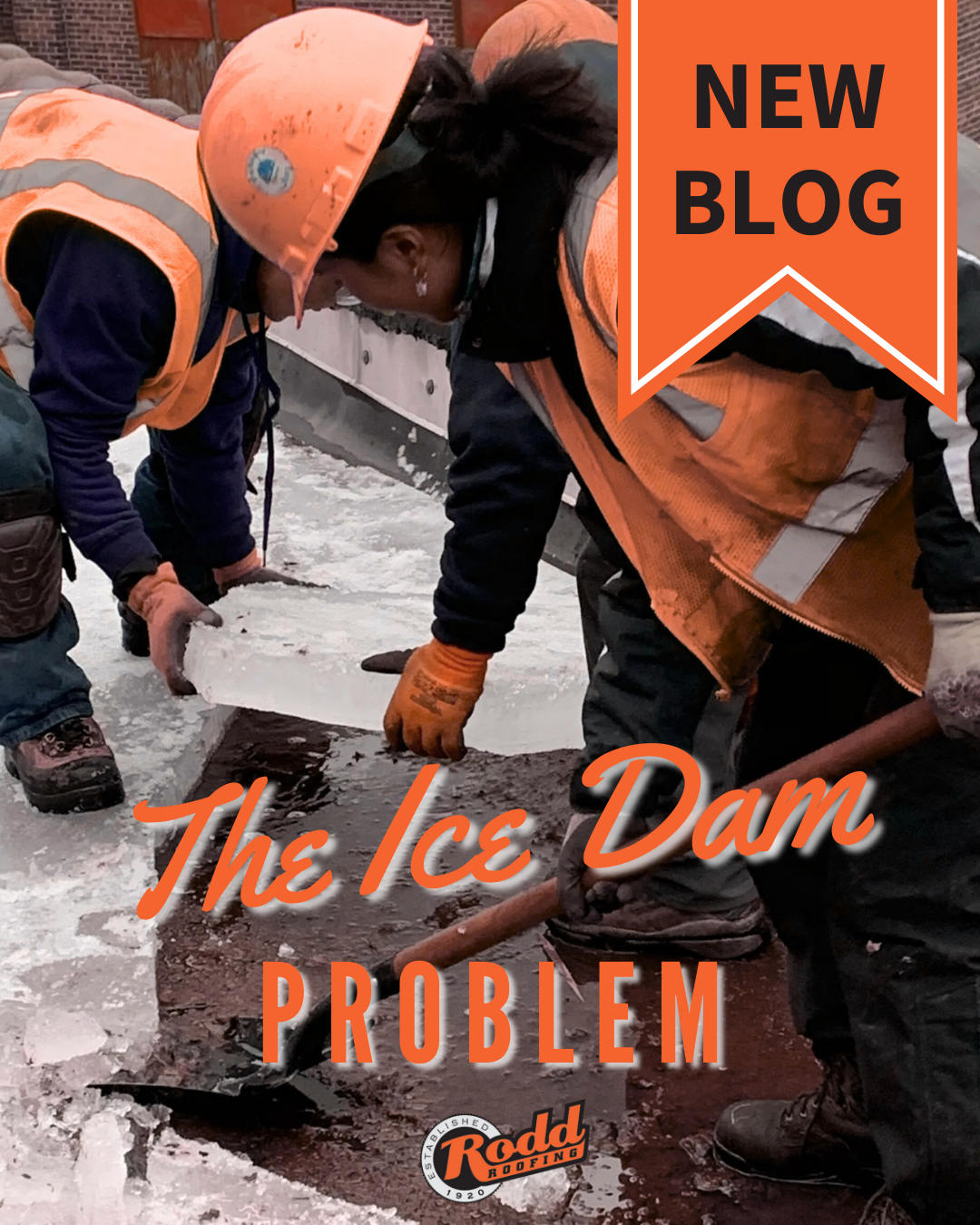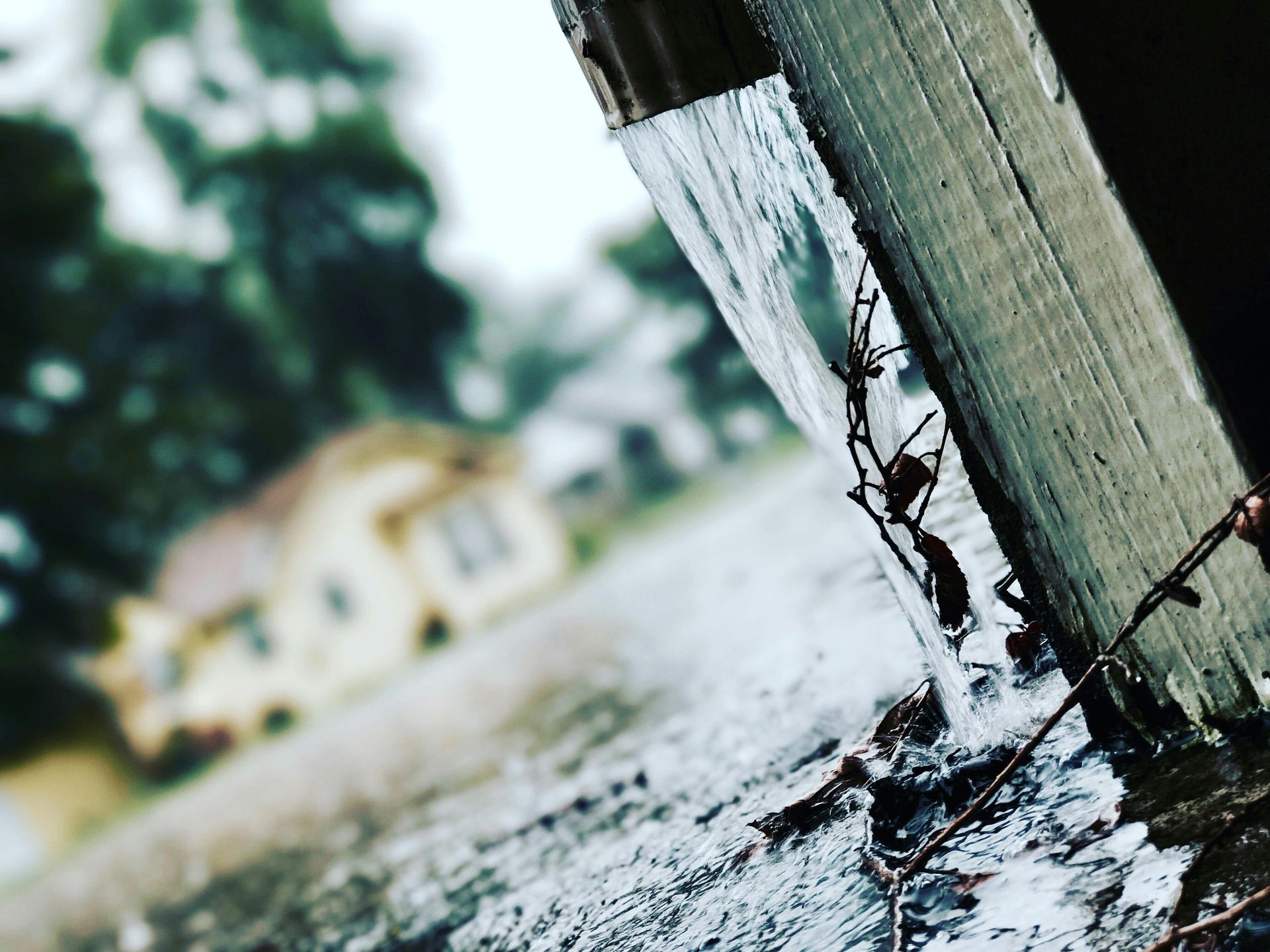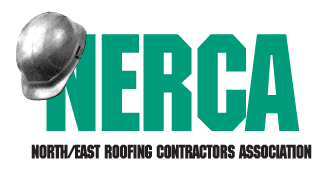Snow Load 101: Protecting Flat and Low-Slope Roofs This Winter
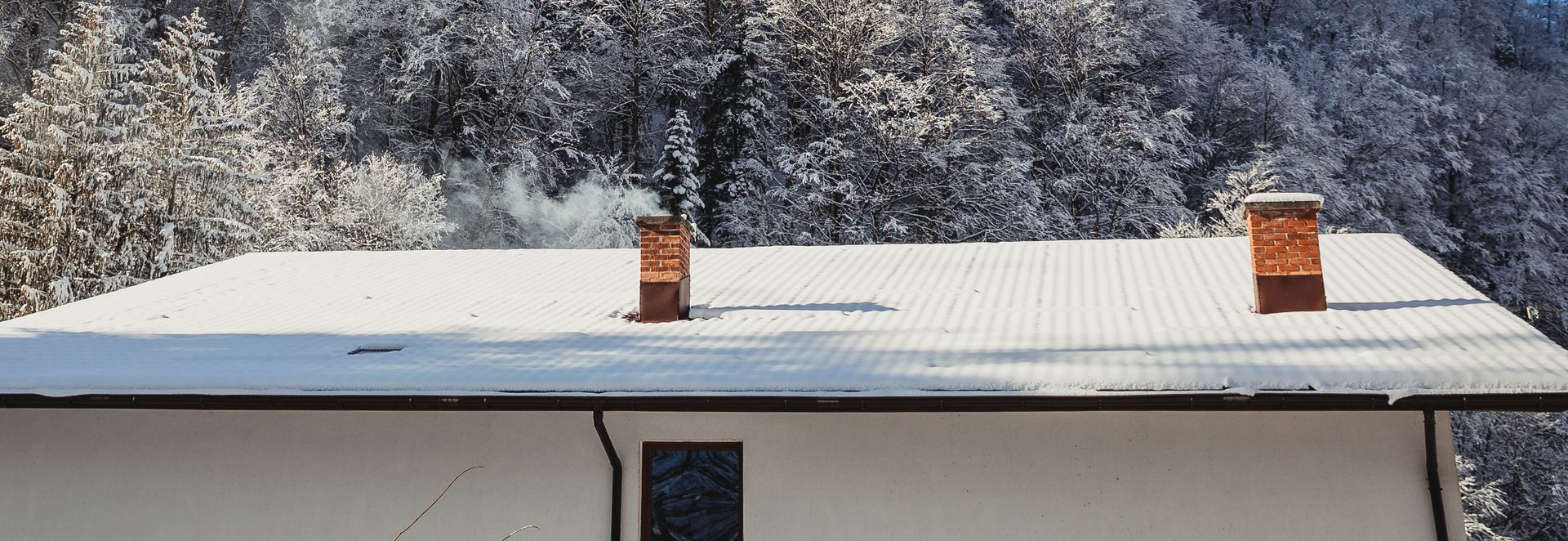
Flat and low-slope roofs are common on commercial and industrial buildings in Vermont and New Hampshire—but they also carry a greater risk during snow season. Without a natural slope to shed accumulation, these roofs can face extreme stress from heavy snow loads, potentially leading to structural damage or even collapse.
At Rodd Roofing, we help property owners assess and manage snow load risk before it becomes a crisis. Here’s what you need to know to keep your flat roof safe and structurally sound this winter.
How Snow Load Affects Flat Roofs
Snow load refers to the downward force exerted by accumulated snow and ice. Unlike sloped roofs, flat and low-slope roofs don’t easily shed snow, so the weight builds up quickly.
Key risks include:
- Excess weight stresses the roof decking and structural supports
- Ice formation adds further load and water infiltration risk
- Saturated snow that can double or triple the expected weight
In Vermont, a single storm can add thousands of pounds of weight to a commercial roof overnight.
Signs Your Roof Is Overloaded
Building owners and facility managers should be alert to the warning signs of excessive snow load:
- Sagging ceiling tiles or walls
- Roof deflection visible from above or below
- Creaking or popping sounds in structural elements
- Interior leaks or dripping without visible roof damage
- Doors or windows are sticking due to a structural shift
If you notice any of these symptoms, evacuate the area and call a roofing or structural professional immediately.
Snow Load Management Tips
Managing snow load is about both prevention and response. Here’s how to protect your flat or low-slope roof this winter:
1. Know Your Roof’s Load Rating
Every commercial roof has a designed load capacity. This includes live loads (like snow) and dead loads (the weight of the roof system itself).
Tip: Work with a roofing expert to review building plans or conduct a structural assessment.
2. Schedule Regular Snow Removal
Once snow reaches a dangerous depth—usually 6" to 12" of wet snow or more—removal becomes critical.
Tip: Hire professional crews trained to remove snow safely without damaging the membrane or flashings.
3. Monitor High-Risk Areas
Drains, parapets, HVAC units, and low-slope corners are snow and ice traps. These areas are often where ponding, freezing, and damage begin.
Tip: Inspect these zones after storms and make sure they’re cleared first.
4. Improve Roof Slope or Drainage
If your flat roof struggles with ponding or snow retention, slope improvements or tapered insulation can reduce accumulation zones.
Tip: Consider long-term upgrades in the spring to improve winter performance next season.
Trust Rodd Roofing to Protect Your Roof This Winter
Managing snow load is about more than reacting to storms—it’s about having the right plan in place. Rodd Roofing offers snow load evaluations, emergency response services, and design upgrades to reduce long-term risk.
We understand Vermont’s winter roofing challenges and can help ensure your roof is ready to take the weight.
Worried about snow on your flat roof? Contact us today!


